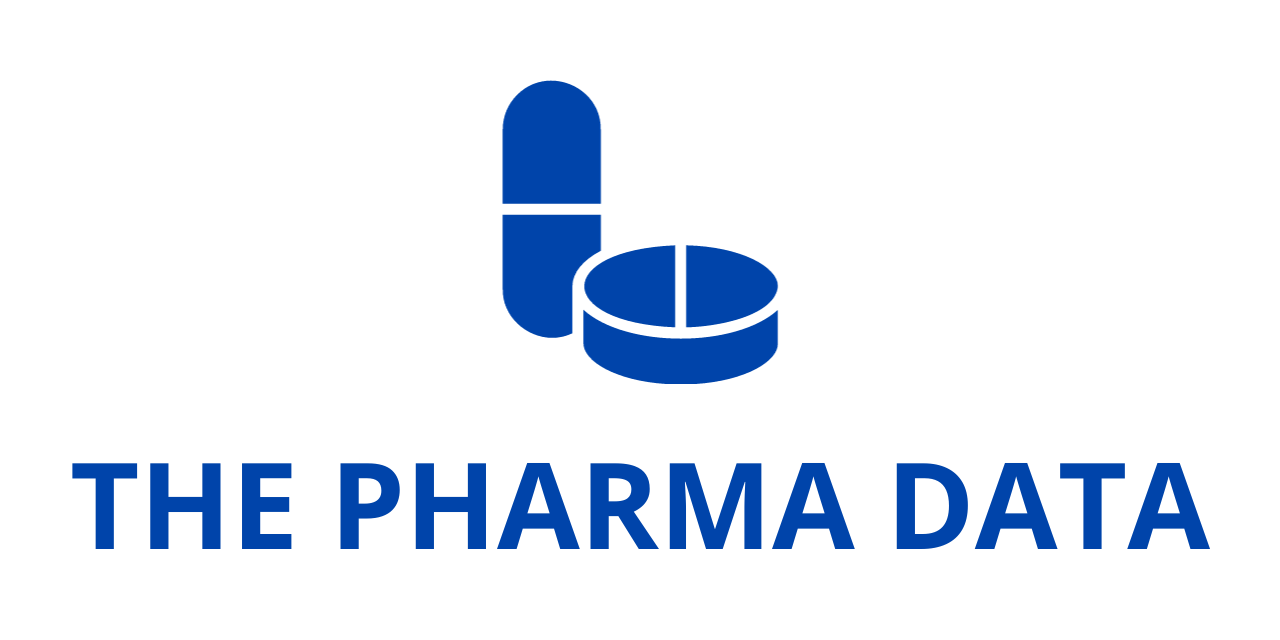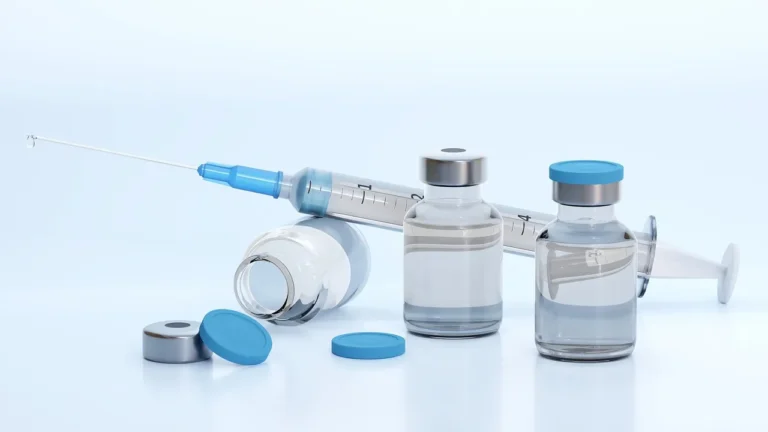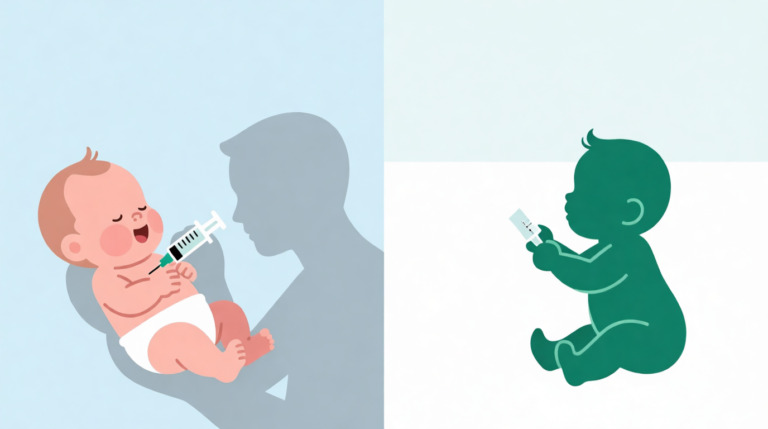
Bayer’s CONFIDENCE Study Demonstrates Promising Results for Simultaneous Use of Finerenone and Empagliflozin in Managing Chronic Kidney Disease in Type 2 Diabetes
Bayer has announced compelling new clinical findings from its Phase II CONFIDENCE trial, which evaluated the simultaneous initiation of finerenone (marketed as Kerendia™) and the SGLT-2 inhibitor empagliflozin in patients suffering from chronic kidney disease (CKD) associated with type 2 diabetes (T2D). The results, presented at the 62nd European Renal Association (ERA) Congress 2025 and published concurrently in the New England Journal of Medicine, underscore a powerful and additive therapeutic effect when both drugs are used together from the outset of treatment.
Landmark Results: Superior Reduction in Albuminuria
The central finding from the CONFIDENCE trial is a 52% reduction in urine albumin-to-creatinine ratio (UACR) at Day 180 when finerenone and empagliflozin were administered simultaneously. This reduction is significantly greater than what was observed with either drug alone, with finerenone-only and empagliflozin-only groups achieving 29% and 32% lower reductions, respectively. UACR is an important biomarker for kidney damage and an established predictor of future kidney and cardiovascular events in people with CKD and diabetes.
Importantly, the study also found that the combination therapy began delivering meaningful clinical results almost immediately. Within 14 days of treatment initiation, more than 30% reduction in UACR was observed—a benchmark endorsed by the American Diabetes Association (ADA) as a meaningful indicator of treatment efficacy in preventing CKD progression. Nearly three-quarters of the patients who received both therapies met or exceeded this benchmark, a 20% higher rate than those receiving monotherapy.
Broad Efficacy and Strong Safety Profile
The safety outcomes of the trial were also notable. The simultaneous initiation of finerenone and empagliflozin was found to have a comparable safety profile to either drug used alone, with no unexpected adverse events or safety signals emerging from the data. Furthermore, these treatment benefits held consistent across all prespecified subgroups, encompassing a wide range of patient characteristics including those with high comorbidity burdens.
This breadth of efficacy and safety across diverse populations may help address a critical gap in the management of CKD in T2D patients, a group already vulnerable to accelerated disease progression and cardiovascular complications.
Expert Commentary: A Shift Toward Earlier Combination Therapy
Dr. Rajiv Agarwal, Professor Emeritus of Medicine at Indiana University School of Medicine and Chair of the CONFIDENCE study’s Steering Committee, highlighted the clinical implications of the findings. “The CONFIDENCE study delivers clinical evidence that simultaneous initiation of finerenone and empagliflozin leads to early and additive UACR reduction of 52% in patients with CKD and T2D, significantly greater than with either agent alone,” he noted.
Dr. Agarwal emphasized that UACR is not just a marker but a modulator of kidney and cardiovascular outcomes, adding, “These findings provide important insights for clinicians seeking to optimize therapy strategies. Early, combined use of these agents may positively impact long-term disease progression and patient survival.”
A Legacy of Evidence: Building on the FIDELIO, FIGARO, and FIDELITY Trials
While the CONFIDENCE trial brings new data to the forefront, Bayer has already established a strong foundation for finerenone through its robust clinical development program. The FIDELIO-DKD and FIGARO-DKD Phase III trials previously demonstrated that finerenone significantly reduced the risk of kidney disease progression and cardiovascular events in patients with CKD and T2D. In these trials, patients could continue taking an SGLT2 inhibitor as part of their background therapy, setting the stage for further exploration of combination strategies.
Subsequently, the FIDELITY analysis—a prespecified pooled review of the FIDELIO and FIGARO trials—showed that early reductions in albuminuria mediated a large portion of the long-term renal and cardiovascular benefits seen with finerenone. These findings laid the groundwork for CONFIDENCE, which took the next logical step: testing whether initiating both therapies simultaneously could deliver even greater outcomes.
Addressing a Global Health Challenge
According to the International Diabetes Federation, an estimated 462 million people are currently living with type 2 diabetes, with around 40% expected to develop CKD during their lifetime. CKD remains a silent and progressive condition, often undiagnosed until significant damage has occurred. Consequently, there is an urgent need for therapeutic interventions that can proactively slow or halt CKD progression, particularly in high-risk populations.
Dr. Michael Devoy, Chief Medical Officer at Bayer’s Pharmaceuticals Division, emphasized the broader significance of the findings. “The CONFIDENCE data mark an important milestone in our mission to improve care for people living with chronic kidney disease associated with type 2 diabetes. The results suggest that proactive and early combination therapy with finerenone and an SGLT2 inhibitor may deliver enhanced protective benefits.”
He added, “These data will help physicians make better-informed decisions for managing high-risk patients. The early and significant reduction in UACR could be predictive of better kidney and cardiovascular outcomes, which is a breakthrough in how we think about treating this patient population.”
Implications for Clinical Practice and Future Research
The CONFIDENCE trial outcomes are expected to shape clinical practice in several meaningful ways. First, the findings support a paradigm shift toward earlier and simultaneous initiation of therapies in at-risk CKD patients, rather than the current approach of sequential treatment escalation. This could encourage physicians to act more decisively at earlier stages of disease progression.
Second, the trial affirms the importance of UACR as a real-time treatment target, offering physicians a quick and actionable marker to evaluate treatment efficacy. This can facilitate more personalized and dynamic patient care.
Finally, the strong safety and efficacy data across various patient subgroups open the door to broader implementation of this therapeutic strategy, potentially impacting millions of patients globally. Given that both finerenone and empagliflozin are already approved medications with well-characterized safety profiles, clinicians may feel more confident in prescribing them together earlier in the disease course.
Next Steps
While CONFIDENCE is a Phase II study, the strength of the data is expected to catalyze further research. Bayer may consider larger Phase III trials specifically designed to evaluate the long-term kidney and cardiovascular outcomes of simultaneous combination therapy. Such trials could help translate early biomarker improvements, like UACR reductions, into confirmed hard clinical endpoints such as delayed onset of kidney failure or reduced cardiovascular mortality.
In parallel, discussions may arise regarding updates to clinical practice guidelines, including those from the ADA, KDIGO (Kidney Disease: Improving Global Outcomes), and other nephrology and endocrinology societies. If adopted, this early combination strategy could help set a new standard of care for one of the most challenging and prevalent complications of diabetes.
In summary, Bayer’s CONFIDENCE study delivers a powerful message to the medical community: earlier, combined intervention with finerenone and empagliflozin can produce clinically meaningful and rapid reductions in markers of kidney damage, with a safety profile consistent with standard monotherapy. As the prevalence of CKD in type 2 diabetes continues to rise, findings such as these provide a crucial foundation for transforming disease management and improving outcomes for millions worldwide.





